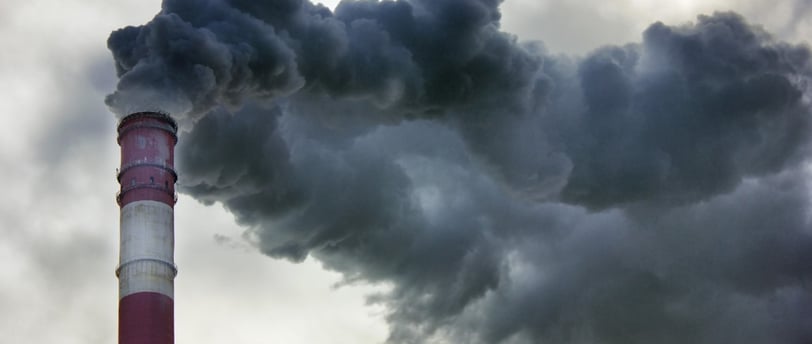Industrial Menance
Blog post description.
6/1/20242 min read


The Silent Menace: Air Pollution in Industrial Areas
In the quest for progress and economic growth, industrialization has played a pivotal role, bringing about technological advancements and creating countless job opportunities. However, this rapid industrial growth has not come without significant environmental costs, one of the most pressing being air pollution in industrial areas. This silent menace poses a severe threat to human health, ecosystems, and the climate, demanding urgent attention and action.
The Sources of Air Pollution
Industrial areas are hotspots for air pollution, primarily due to the emissions from factories, power plants, and other industrial activities. These sources release a variety of pollutants, including:
Particulate Matter (PM): Tiny particles or droplets in the air that can be inhaled into the lungs, causing severe respiratory issues and cardiovascular diseases.
Volatile Organic Compounds (VOCs): These organic chemicals can easily become vapors or gases, contributing to smog formation and respiratory problems.
Sulfur Dioxide (SO₂): Produced by burning fossil fuels, it can lead to acid rain, which harms ecosystems and infrastructure.
Nitrogen Oxides (NOₓ): Emitted from vehicles and industrial processes, these contribute to smog and acid rain, impacting respiratory health and the environment.
Carbon Monoxide (CO): A colorless, odorless gas resulting from incomplete combustion, which can be fatal in high concentrations.
Heavy Metals: Industrial processes often release metals like lead, mercury, and cadmium into the air, which can accumulate in living organisms and cause various health issues.
We provide air quality monitoring service
Health Impacts
The health impacts of air pollution in industrial areas are profound and far-reaching. Chronic exposure to polluted air can lead to:
Respiratory Diseases: Conditions such as asthma, bronchitis, and chronic obstructive pulmonary disease (COPD) are exacerbated by polluted air.
Cardiovascular Problems: Air pollution is a significant risk factor for heart attacks, strokes, and hypertension.
Cancer: Long-term exposure to certain pollutants, like benzene and asbestos, is linked to an increased risk of cancer.
Neurological Effects: Heavy metals and other pollutants can impair cognitive function and developmental growth in children.
Environmental Consequences
Beyond human health, air pollution from industrial areas wreaks havoc on the environment:
Ecosystem Damage: Pollutants can damage forests, soil, and water bodies, disrupting the natural balance and affecting biodiversity.
Climate Change: Emissions of greenhouse gases, such as carbon dioxide (CO₂) and methane (CH₄), contribute significantly to global warming.
Acid Rain: Sulfur dioxide and nitrogen oxides can cause acid rain, which deteriorates buildings, corrodes metals, and harms wildlife.
Mitigation Strategies
Addressing air pollution in industrial areas requires a multi-faceted approach:
Regulation and Enforcement: Governments must enforce stringent air quality standards and ensure compliance through regular monitoring and penalties for violations.
Technological Innovations: Industries should adopt cleaner technologies and processes, such as scrubbers, filters, and renewable energy sources, to minimize emissions.
Transition to Clean Energy: Shifting from fossil fuels to renewable energy sources like wind, solar, and hydropower can significantly reduce air pollution.
Public Awareness and Education: Educating communities about the sources and dangers of air pollution can foster public support for cleaner practices and policies.
Green Infrastructure: Planting trees and creating green spaces can help absorb pollutants and improve air quality in industrial regions.
Conclusion
While industrialization has undoubtedly brought immense benefits to society, it is imperative to address its environmental costs. Air pollution in industrial areas is a grave issue that demands collective action from governments, industries, and communities. By implementing stringent regulations, adopting cleaner technologies, and raising public awareness, we can mitigate the adverse effects of air pollution and ensure a healthier, more sustainable future for all. The silent menace of air pollution need not be an inevitable consequence of progress if we choose to act decisively today.
pleaseell free to contact us or fill the enquiry form below for any quarry.
